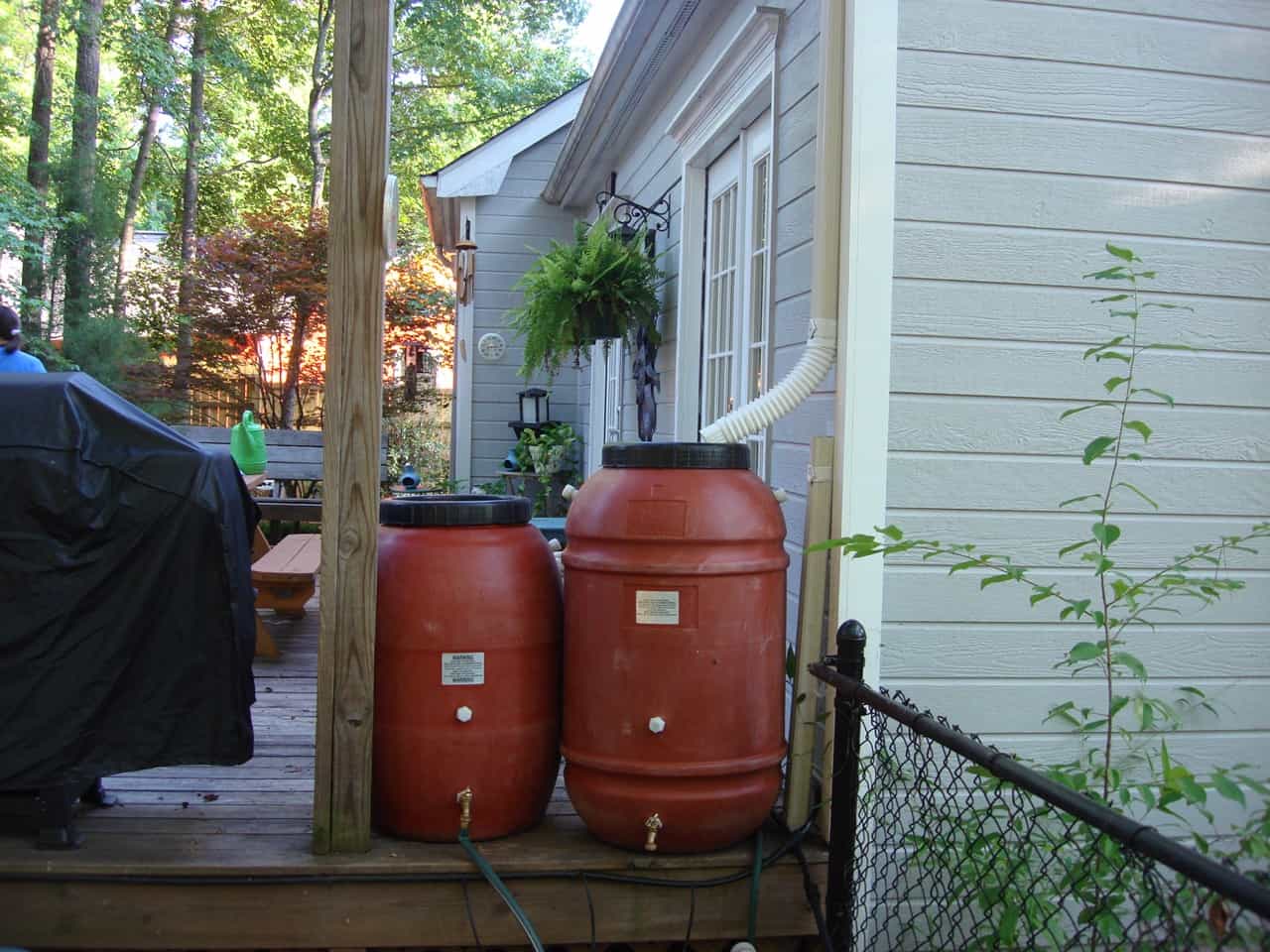

8/13/2016

After seven weeks of working on the PR staff at Camp ASCCA, my time at camp has come to an end. I remember coming in for orientation anxious about what was in store, not knowing anyone, never having gone to summer camp and ready to begin my first PR job. I couldn’t have imagined the relationships I made with other staff, the interactions I had with our amazing campers and the ability to catch the magic of camp in my writing and the pictures I took.
My high of this summer was being “the camera lady” – being able to go to each program, interact with many counselors and campers each week, and capturing those little moments to be remembered forever. Before this summer, I did not have any camera experience and taking pictures was easily the best part of my job. It’s amazing to look back through the thousands of photos Sara, Clayton, April and I took this summer and seeing the personality of each of the campers shine through each image.
It’s hard to put into words the things I’ve learned from this experience, because if I really wanted to I could probably write a book (maybe one day). After asking many other staff members what they have learned, I can agree- always stay positive, don’t be afraid to try something new and don’t take for granted the things you have. My favorite thing about Camp ASCCA is the connections formed-in an hour, in a day, in a week- and the impact those people can have on your heart. Wednesday night when I couldn’t sleep and I was thinking about the end of camp I found a perfect quote; “Too often we underestimate the power of a touch, a smile, a kind word, a listening ear, an honest compliment, or the smallest act of caring, all of which have the potential to turn a life around”- Leo Buscaglia.
Thank you to each and every person in the Camp ASCCA family, I will cherish this camp, our special bonds, and the beautiful memories of summer 2016 forever. In seven weeks I have not only grown professionally, but as a person as well. I strongly suggest the summer experience to anyone interested, it really will change your life.




4/19/2016
Spring has officially begun and the world around us has brightened up and come to life. If you are looking to liven up your yard, it is easy to attract songbirds and wild birds. Building a landscape with a variety of plants will provide food and shelter will attract birds to your feeders.
Shelter is used as an escape from enemies and the weather. A landscape with a variety of trees, varying in height will attract many different types of birds to your yard. High grass is usually a good provider of seeds for birds also. Birdhouses and nest boxes are a great yard accessory you can purchase or make to appeal to birds nesting their young. There are different types nest boxes and houses for purple martins, bluebirds, hawks, owls, flickers, flycatchers and more, so keep in mind what kinds of birds you are trying to attract.

A hummingbird visiting a feeder.
Different types of bird feeders are used to attract certain bird species too, so a variety will attract different birds. Colorful flowers and any plants with seeds, nuts, berries and flower nectar will supply food to seedeaters and attract insects for the birds that eat insects. A water source is not necessary to attract birds, but a birdbath will help draw birds over to your yard. Raised birdbaths are also good protection for birds from predators, like cats. It is wise to arrange the bird feeders and the birdbath close to draw the birds in. Forest and wildlife specialist Dr. Jim Armstrong explains, “as far as drinking water, it is not a limiting factor for birds because most seed eating birds can get the moisture they need from the seed.” Building a landscape that is appealing to birds will help attract them to your yard and feeders.
Once you have established a landscape that appeals to songbirds and wild birds, it is important to provide a food supply that will keep them coming back. Whether you use bird feeders or just throw seeds into the yard, birds will take full advantage of the food and be sure to check back and see if there is more. You can buy seed for birds at your local supply store in varieties such as sunflower seeds, thistle, corn, millet, and others, depending on what kinds of birds you are feeding. Gold finches like to eat thistle from a tall cylindrical feeder. Hummingbirds are fed a sugar water mixture, or a nectar substitute out of a red flower looking feeder. If you are a fan of woodpeckers, there is a special bird feeder for them. Armstrong says a good treat for woodpeckers is suet, a solid white animal fat. Numerous suet recipes can be found online. Depending on the type of birds you would like to attract, providing food will tempt them into your yard.
When your landscape is inviting with a variety of plants to provide shelter and protection, seeds and other foods and even a bathing area for birds, they will flock to your feeders. To get started on building your birdhouse or nest box for songbirds check out http://www.aces.edu/pubs/docs/A/ANR-0550/ANR-0550.pdf.
Article published on Extension Daily at http://news.aces.edu/blog/2016/05/21/attracting-songbirds-and-wildbirds-to-your-feeders/

3/9/2016
With over 77,000 rivers and streams and an average rainfall of 55 inches per year, Alabama is a state blessed with natural water resources. Catching and reusing water is an ancient technology that has current value to save energy, money and conserve an important natural resource.

A large rain barrel, for farm use.
If interested in collecting rainwater, first you must decide if you want to collect on a small or large scale. For personal collection, you can use something as simple as a rain barrel. Wood, metal, or plastic are all good containers for rainwater collection, as long as they do not have residues of harmful chemicals. It is wise to use a dark container, or paint the container dark to discourage algae growth. The container used for collecting should be covered, with a screen protection at the opening to keep mosquitos out and minimize leaves or other materials from entering. For larger scale collection, cistern systems are recommended. In 2010, Birmingham-Southern College installed a 15,000 gallon cistern that captures rainwater off of the roof and uses it for landscape irrigation. According to bsc.edu this practice is saving 50,000 gallons of water per year.
The Alabama Cooperative Extension System hosts residential rain barrel workshops each year to demonstrate construction, placement and uses of rainwater harvesting systems. Harvested rainwater can be used for household chores like watering lawns/gardens, irrigation in the yard, flushing toilets, and washing cars. Be sure to check with local plumbing codes and ordinances if you are interested in using rainwater inside your home.

Small scale rain barrels.
Collecting rainwater saves money and energy. The collector will save money by using the free resource instead of treated water. “Why not take advantage of what’s free and falling from the sky,” said Alabama Extension specialist Dr. Eve Brantley. “Collect it and hold it until you need to use it rather than constantly using water that has been treated. It saves energy, it saves money, and it’s a good use of water resources,” she said. Although Alabama has plentiful water resources droughts occur about every 12 years. It is smart to practices water collection and conservation so it becomes a habit. It is anticipated that climate variability will result in more frequent and/or more extreme droughts. It is smart to practice water collection and conservation so it becomes a habit.Don’t hesitate to start collecting rainwater now.
You can read into how to collect rainwater at aces.edu or contact your local Alabama Cooperative Extension agent. If you are a homeowner interested in an attractive, low-maintenance, and sustainable home landscape check out the Alabama Smart Yards app on your mobile phone.
Article published on Extension Daily at http://news.aces.edu/blog/2016/05/09/benefits-of-collecting-rainwater/

2/23/2016
Growing grapes in Alabama has been practiced since the state was first settled, but has only been successful in certain areas for dedicated growers. To produce quality grapes one must learn about their area, the grape varieties to grow, perfect the setup and devote plenty of attention to the grapevine.
Muscadines are a type of grape that grows well almost everywhere in Alabama. They are native to the Southeast and are used for fresh consumption, juices and wines. Muscadines thrive because they are resistant to a key grape killer, Pierce’s Disease (PD). PD is caused by a bacterium carried by an insect that feeds on infected vegetation, acquires the bacterium and can inject it into the sap of the grapevine. The bacterium multiplies and clogs the xylem vessels of the vine so water and nutrient transportation to plant organs is being limited. Consecutively, over time the plant fails to receive nutrients and dies.
Cultivars resulting from crosses between American species or between French and American species are known as hybrid bunch grapes. Elina Coneva, Extension Specialist for Alabama Cooperative Extension explains, “American species produce an inferior quality fruit, but can be resistant or tolerant to PD. Because of this quality they are used in crosses with French cultivars that possess high fruit quality, but are susceptible to diseases including PD which is the major factor preventing French or European grape production in the Southeast.” Eleven PD resistant or tolerant hybrid bunch grapes including ‘Black Spanish’, ‘Blanc du Bois’, ‘Champanel’, ‘Chardonel’, ‘Conquistador’, ‘Cynthiana’, ‘Favorite’, ‘Lake Emerald’, ‘Seyval Blanc’, ‘Stover’, and ‘Villard Blanc’ have been recently tested in Alabama recently:. Top three performing hybrid bunch grape cultivars in north Alabama conditions are ‘Black Spanish’, ‘Cynthiana’, and ‘Villard Blanc’. Regionally produced hybrid bunch grapes yield wine, juice, and jams. According to North Alabama Horticulture Research Director Arnold Caylor, ‘Black Spanish’ is processed to wine, whereas ‘Conquistador’ is used for juice or jam. Hybrid bunch grapes are susceptible to foliar disease and are attacked by several insect pests so it is important to use pesticides when growing grapes in Alabama.

Mature bunch grapes growing along their trellis system.
Progress continues to be made in Alabama toward growing grapevines resistant or tolerant to PD. Currently, Coneva is testing PD resistant French grapes developed by the grape breeding program at U.C. Davis in California. Based on their upright growing habit these vines are trainedin a vertical shoot positioning system, which also facilitates more efficient pest control, while concentrating the crop load within a compact fruiting zone. French grape selections are showing promise for Alabama environment and for the first time can provide an opportunity for cultivating high-value French grapes in Alabama and the Southeast.
Learn about the area, choose your type of grape, then set up to plant. The site should be in full sunlight most or all day. If planning to grow several vines, it is best to have straight rows for level land and contour rows for hilly terrain. “The spacing between rows will depend on the vigor of the cultivar of the grape that you are growing,” said Caylor. Make every effort to establish a permanent sod between rows to reduce soil erosion. Use a trellis system to train the vines horizontally, managing a dense canopy by dividing it, allowing more sunlight to reach the fruit renewal zone. Prepare a large hole for the entire root system; set the plant at the correct level, fill the hole with topsoil, firm it, water liberally and do not add fertilizer. Hand weeding and hoeing is necessary as there are not many choices for herbicides for the first year of growth. Pruning should be done while vines are dormant. Summer hedging can help maintain the vine canopy and ease vineyard operations .
February is the best time to plant grapevines. If you are interested in learning more about growing grapes check out The Southeastern Fruit Consortium http://www.smallfruits.org/BunchGrapes/index.htm or contact your local Alabama Cooperative Extension Specialist for information and tools to get your grapevine started at http://www.aces.edu/main/.
Article published on Extension Daily at http://news.aces.edu/blog/2016/04/07/growing-grapes-alabama/

2/9/2016
The second annual Alabama Oyster Social was held January 29 at the Alabama Farmers Pavilion at Auburn University. The social is a nonprofit event held to promote the importance of Mariculture in Alabama as well as raise money for the Auburn University Department of Fisheries and Aquatics.
The Auburn Shellfish Laboratory in Dauphin Island focuses on the research, education, and training for farming quality oysters in a sustainable way and is led by Dr. Bill Walton. In 2011, Auburn University found an opportunity to lease 60 acres of oyster rights from a family. There would be a research area for Auburn and area for Alabama oyster farmers for five years. “The intent of it was to help jumpstart the industry to provide a zone that was permitted for this where you have your neighbors to cooperate with and keep an eye on things,” said Walton. By 2013 the park had been filled with about 17 farmers who had gone through the Auburn training and were using the waters. Because of the growth, Auburn began talking about extending the lease contract for 10 years and after contacting the family everything seemed to be moving forward.
The first Alabama Oyster Social was held in January 2015 and raised $8,000 to give to the university. “In a town where there’s usually something going on there is not a whole lot to do in January. So it’s a good time to get people together and party for a purpose,” said Chef David Bancroft, host of the event. With the success of the first social, they were eager to plan for the next year. Then around May of 2015, Auburn learned that the lease was denied renewal and that no one would get the oyster rights. It was upsetting but they would be able to find water and get the permits for a new farm. “The first thing we’re trying to solve here is what do we do with all these farmers that have businesses that depend on their oysters in the water and their gear in the water, they need another area,” said Walton. The contract ends this summer and everything must be out. Auburn has sighted two areas and are in the permitting process for both, they hope to come out stronger and arrange two farms with longer lease contracts. The current farmers will have an opportunity to move to either of the parks, but it will be an expensive and time-consuming move to get their equipment out of the water and relocated to the new park. Auburn hopes to help offset costs for these farmers.

Photo // Guests trying oyster samples at the Auburn Oyster Social.
Bancroft contacted an all-star team of 16 chefs from around the South that are supporters and users of local seafood to come and partake in the second social. After talking with Walton and learning about the denied renewal, the chefs came up with an ambitious goal of $100,000 to raise through ticket sales and donations. Ten days before the social, general admission and VIP tickets had sold out. At the social on Friday night a crowd of about 300 people sampled oysters and other specialty dishes, listened to live music, and socialized. Towards the end of the evening, Bancroft presented Walton with a check for $25,000 for the AU Shellfish Lab. Bancroft said he intends to reach the $100,000 goal by the end of 2016.
To learn more about the Auburn University program please visit http://sfaas.auburn.edu/ and if you would like to make a donation to the Alabama Oyster Social you may do so at http://www.alabamaoystersocial.com.